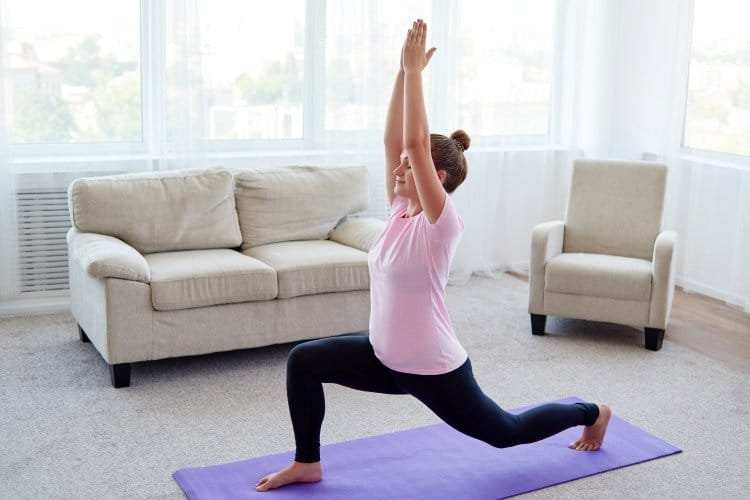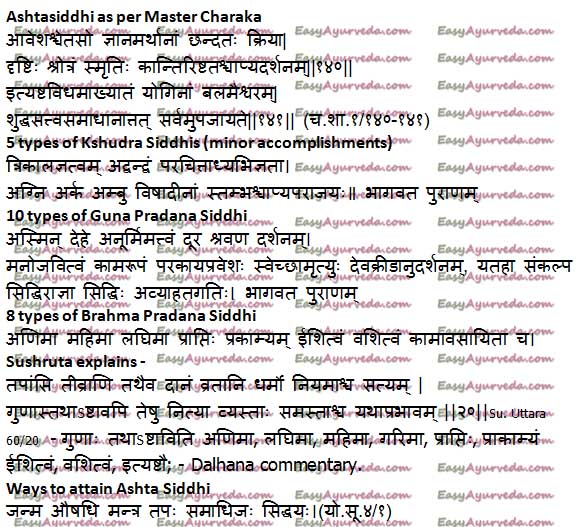
Yoga is great for back pain. The postures help stretch the spine and lengthen the muscles, improving your posture. It may surprise you to learn that strengthening your abdominal muscles can also reduce the burden on your back. Stretching can also improve flexibility and stimulate blood circulation to tight muscles. These benefits don't just apply to yoga. Continue reading to discover some of the most common postures to ease back pain.
A child's pose
As the child's back pain pose for back problems is challenging because of how the body weight pulls on the torso. Rolling towels can be used to support your hips and knees. To reduce chest and shoulder pain, keep your arms out in front of you and not push your abdomen into the thighs. You can also use a bolster to balance your body weight.
Although it may be difficult, this pose is great for increasing flexibility and relieving muscle tension in the back. Bend your knees to touch your big toes. The core should be engaged and the lower arm muscles kept open. This will make the posture even more soothing. There are a few modifications that can be made to this pose. You should perform the child's posture while lying down or on your back.

Sphinx pose
Sphinx is an excellent exercise for lower back pain and strengthening the shoulders. It's a great starting pose for back pain. The traditional yoga pigeon pose, the sphinx pose, is another variation. The legs are rotated inwardly and the torso is lifted from the ground. Inhale and hold the pose for 5-10 breaths.
The sphinx poses strengthens the gluteus, lower back, and shoulders. Begin with the easiest poses for beginners and move up if you feel more pain. The Sphinx position is great for sciatica pain and lower back stretch. Begin by lying on the floor with your knees bent and forearms tucked close to your sides. This pose strengthens the back muscles and aligns the spine into the proper position.
Downward-facing dog
The Downward-facing Dog is an excellent way to stretch the lower back muscles and strengthen your core. Start by standing straight on your feet, with your knees bent. Your shoulders should be relaxed. Next, move your feet forward and push your heels towards the mat. You should distribute your body weight equally on both feet. Keep your knees bent and the position for five breath cycles. You can repeat the five-minute sequence five times after you have completed the first five.
Do the Downward-facing dog with your shoulders down and your elbows extended. Externally, your arms should be able to reach out. For a few seconds, you can hold the position. If your back is troublesome, alternate pressing your heels into a mat with lifting your heels toward your chest. This yoga practice will increase flexibility and stretch the lower spine.

Triangle facing downward
The Downward facing triangle exercise for back problems is a basic yoga position that helps with balance and flexibility. Before you attempt this pose, consult your doctor if you have back pain. Because it involves bending and twisting, it is not recommended for people with neck or back injuries. If you're in good health, however, this pose may be able to ease back pain and discomfort.
To perform this exercise, begin with your feet about four feet apart. Bend your left knee and then bend your right leg. Imagine a line connecting left heel and inner arch of right foot. While inhaling, raise your left leg parallel towards the floor and lift your right hand up. Continue to alternate your right and left arms, keeping your legs strong. You can hold this pose for about a minute. Then, move to the opposite side.
FAQ
Can I do yoga every single day as a beginner and still be able to practice?
Yoga is an excellent way to strengthen and stretch your body. It is also a great way to relax and release stress. Yoga doesn't require you to be an expert. Yoga for beginners should be done three times per semaine, for 20 minutes.
This will be enough time to start. Gradually increase the time spent practicing.
Can yoga help you stop smoking?
Yoga may help people stop smoking because it makes them feel better physically and mentally, reducing stress levels. Yoga may also reduce weight gain due to overeating. This could be a step towards quitting smoking.
What happens to your body if you do yoga every morning?
You will feel calm, relaxed and centered. It can improve your posture, balance, flexibility, and overall health.
You will become more aware and conscious of your body, how it feels when moving. This awareness can make you more aware and conscious about yourself.
Yoga can help you improve your concentration.
Your mind is sharper, clearer, and more focused. It calms the nervous system. It lowers stress levels. It gives you a feeling of well-being and peace.
Statistics
- According to the Agency for Healthcare Research and Quality, falls are incredibly common among older adults in nursing facilities. Even the simplest ones can increase the risk of death (24). (healthline.com)
- Gentle yoga has been shown to ease some of the discomforts of tender, swollen joints for people with arthritis, according to a Johns Hopkins review of 11 recent studies. (hopkinsmedicine.org)
- The people in the yoga group were 37 percent more likely to have quit smoking by the end of the 8-week program. (nccih.nih.gov)
- According to calorie estimates calculated at Harvard Medical School, the average 125-pound person burns about 120 calories in a half hour of hatha yoga, and a 185-pound person burns about 178 calories in that half hour. (everydayhealth.com)
- A 2020 review of 27 studies (1,805 total participants) of yoga interventions in children or adolescents found reductions in anxiety or depression in 70 percent of the studies, with more promising results for anxiety. (nccih.nih.gov)
External Links
How To
What is your ideal position for practicing yoga?
There are many ways to practice yoga. Every person has their own style. The most important thing is to feel at ease in the positions you choose.
Here are some examples of common postures:
Standing poses - These are great for beginners as they allow you to view your body from many angles. They allow you to focus more on your breathing.
Forward bends: Forward bends are used to stretch tight areas. These can be done while you are sitting or lying down.
Backbends: Backbends can be considered advanced poses. If you want to try one, you should seek advice from your instructor.
Inversions - Inversions are poses that require you to balance yourself upside down. This type of yoga is challenging, but it can be rewarding.